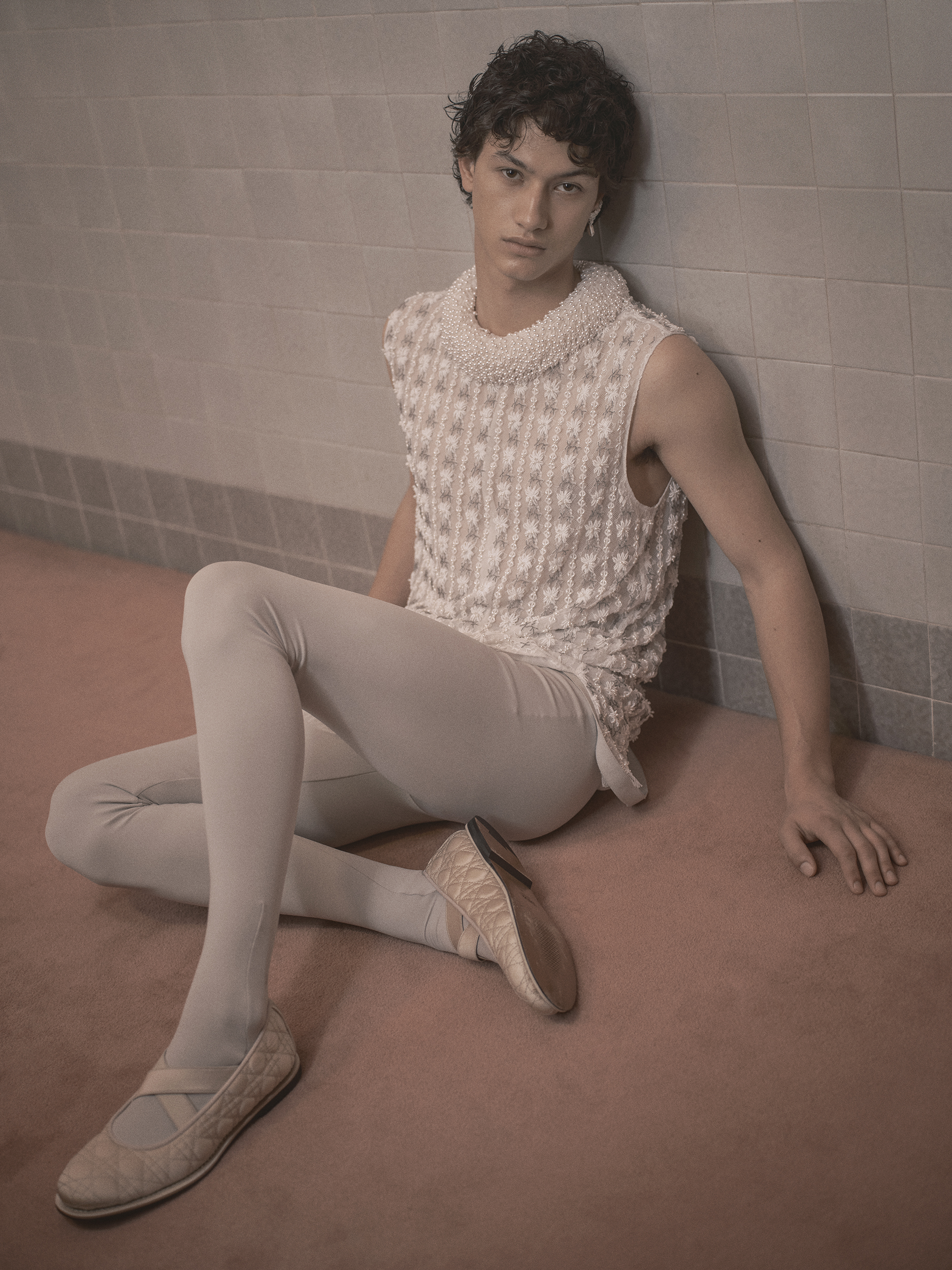Kim Jones is the spiritual father of our era’s signature combo: double-breasted jackets and wide-legged trousers. This alone earns him a prime spot in the pantheon of contemporary menswear. But Jones is more than an iconic designer. He is a man of varied tastes and eternal curiosity, a prolific collector of books, a lover of fine art, and a connoisseur of sneaker culture. Just like his fellow Virgos, Karl Lagerfeld, and Tom Ford, Jones is a renaissance man. But don’t think for a second that makes him some sort of intellectual snob (the worst kind of fashion stereotype). This is the guy who brought Supreme to Louis Vuitton and Nike to Dior. If you want to send a thank you note to someone who made tailoring and sneakers part of your daily style vocabulary, now would be a good time to sharpen your pencils and begin your letter to Mr. Jones. But enough about past accomplishments. Jones is presently responsible for creating more than 25 collections a year while commuting between London, Paris, and Rome. From Dunhill to Louis Vuitton and, finally, to Dior, he has changed how we feel about suits and broadened and deepened our sense of what’s possible in terms of collaboration. The way Jones pins his OBE on a distressed denim jacket makes him my personal style icon. On a hot summer day in July, we decided to catch up and talk about fashion, life, and everything in between, as well, of course, as his terrific fall/winter menswear collection for Dior.
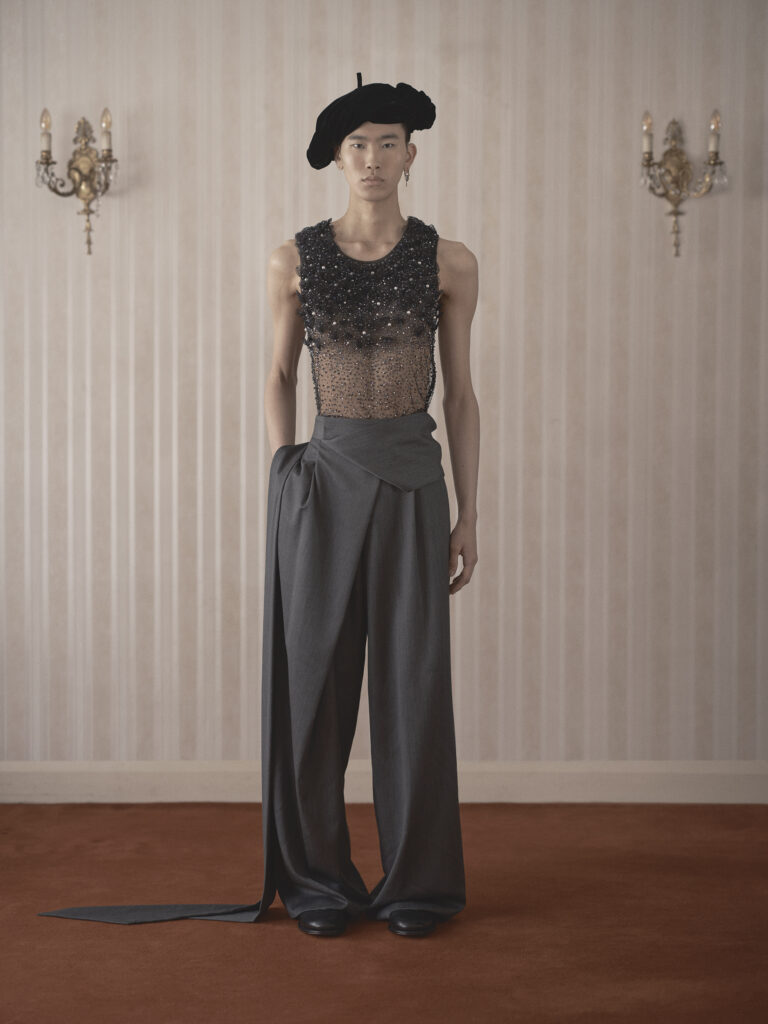
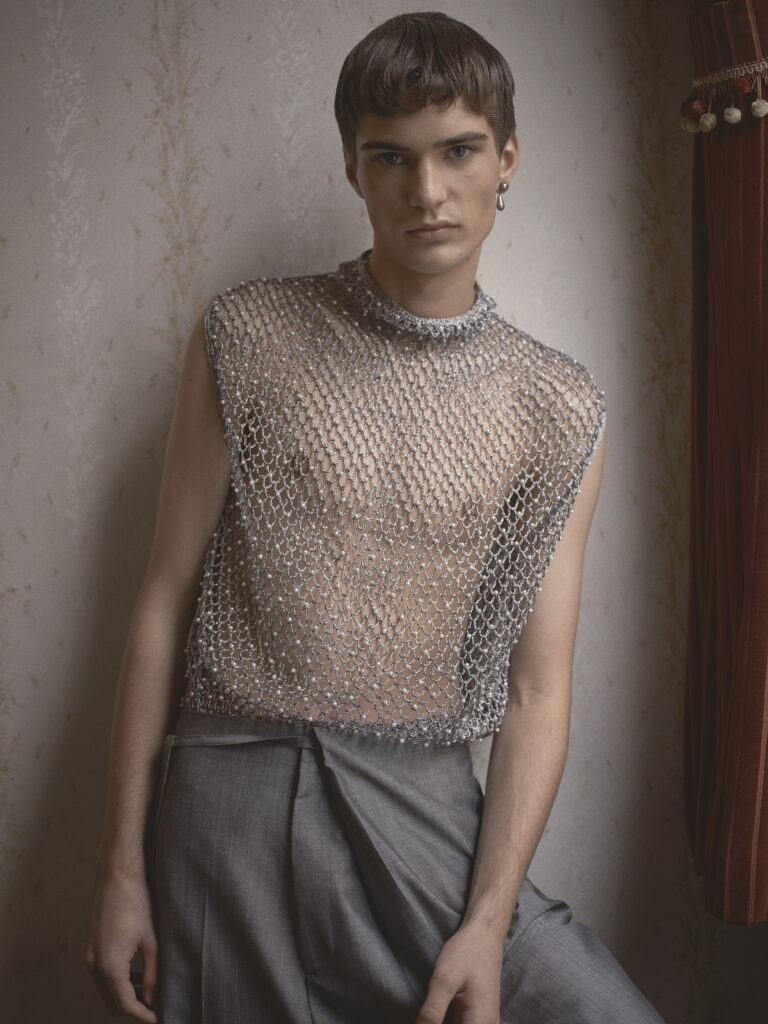
GRO CURTIS: We share a connection with two amazing people: Melanie Ward and Shelley Durkan. When I asked them to use one word to describe you, they both said the same thing, loyalty. That’s such an amazing virtue and very rare in today’s business.
KIM JONES: This is not the easiest business and knowing that you have your friend’s back is really important.
GC: This ties to the topic of collaborations, because I know you love sharing your stage, season after season, with different designers and different artists. You tend to ignore your ego, which is also a virtue.
KJ: I do probably about 30 collections a year and maybe collaborate on three or four of those simply because it allows you to think in a different way. It’s really thinking about what’s right with the brand. Looking at FENDI x SKIMS and Fendace, which were two massive hits, and then working with designers like Marc Jacobs and Stefano Pilati, the people that I looked up to when I was growing up—I like to play around.
GC: What would you say is the biggest challenge when you’re collaborating with someone? KJ: Generally they’re pretty smooth. We take them to the archive, first and foremost, to understand what Dior is and where it comes from, which helps. I think people see how hard we really work and how it’s got to be really structured and on time—we never miss deadlines. Fashion’s changed a lot and even ordering fabrics, now, you have such long lead times. So you have to find ways of making yourself excited about what you do because what used to be quite a flexible process is now very rigid.
GC: I have to ask you because Mr. Dior was obsessed with astrology and mysticism, are you like a typical male Virgo?
KJ: Yeah, I’m very Virgo. I work in a very similar way to Karl (Lagerfeld), who has a very similar star chart to mine, almost identical.

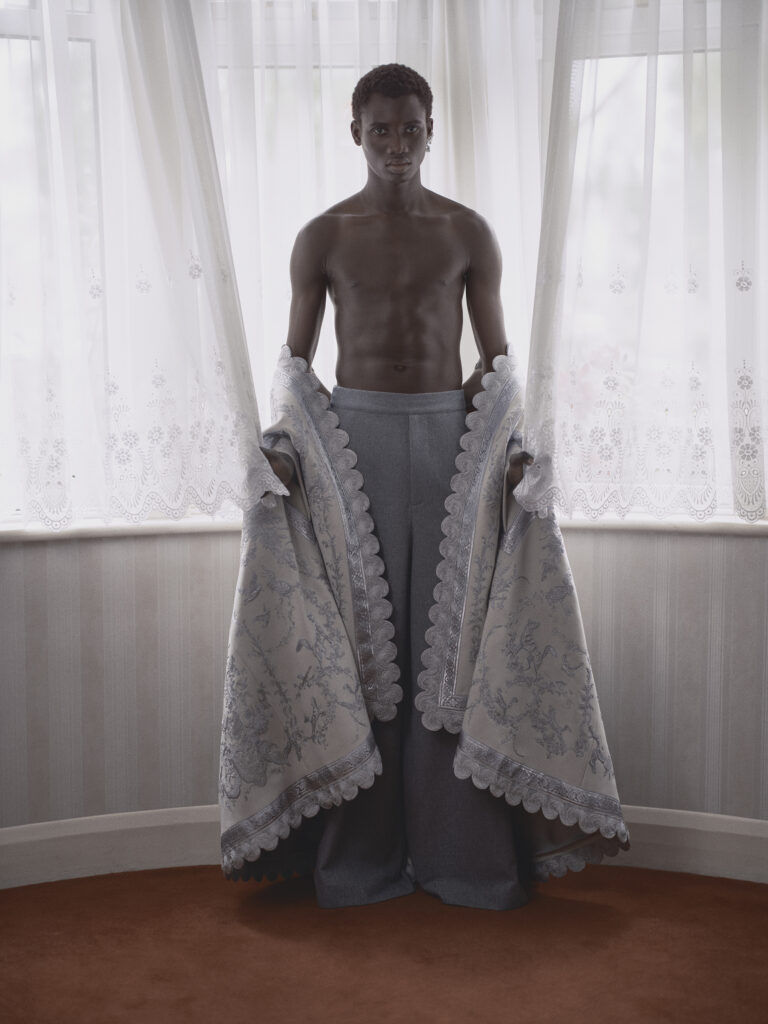
GC: So it’s always striving for perfection, always the next one.
KJ: You’re never 100% happy with anything, because if you were, you’d stop doing it. I don’t think that’s a bad way to be. Onwards and up- wards, always. I don’t think I’ve done my best work yet, because I’d be bored if I had.
GC: I want to talk about Dior’s fall/winter collection, which was an homage to your uncle. Why did you decide to do a collection inspired by his work, now?
KJ: He died maybe a year and a half ago. I’ve been looking at his work quite a lot recently and there was a series of (Rudolf) Nureyev that I really liked. Things have to have an authentic link. If not, I don’t want to do them.
GC: Nureyev was always so effortlessly chic, especially in the series of Colin (Jones’) photos. I mean, he’s working that turtleneck. It looks like the chicest item ever. When you think about the modern guy, what do you think he is lacking when it comes to style?
KJ: Things get homogenized a lot more. When I was young, you could tell which club you would go to or what music you were into by what you wore—it’s not like that anymore. There are a few subcultures, you see them in To- kyo, you see them in a few cities around the world, but they’ve sort of disappeared. I think it’s because people look too much at their phones and not enough at real life.
GC: How much time do you spend on Instagram? Do you do TikTok?
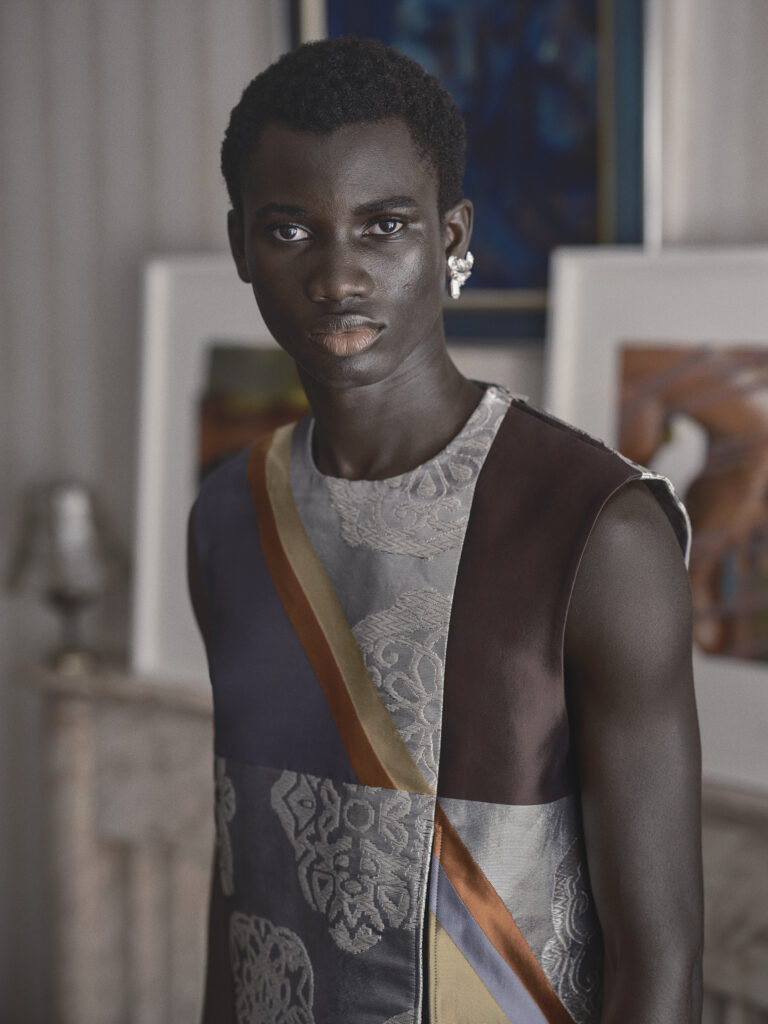
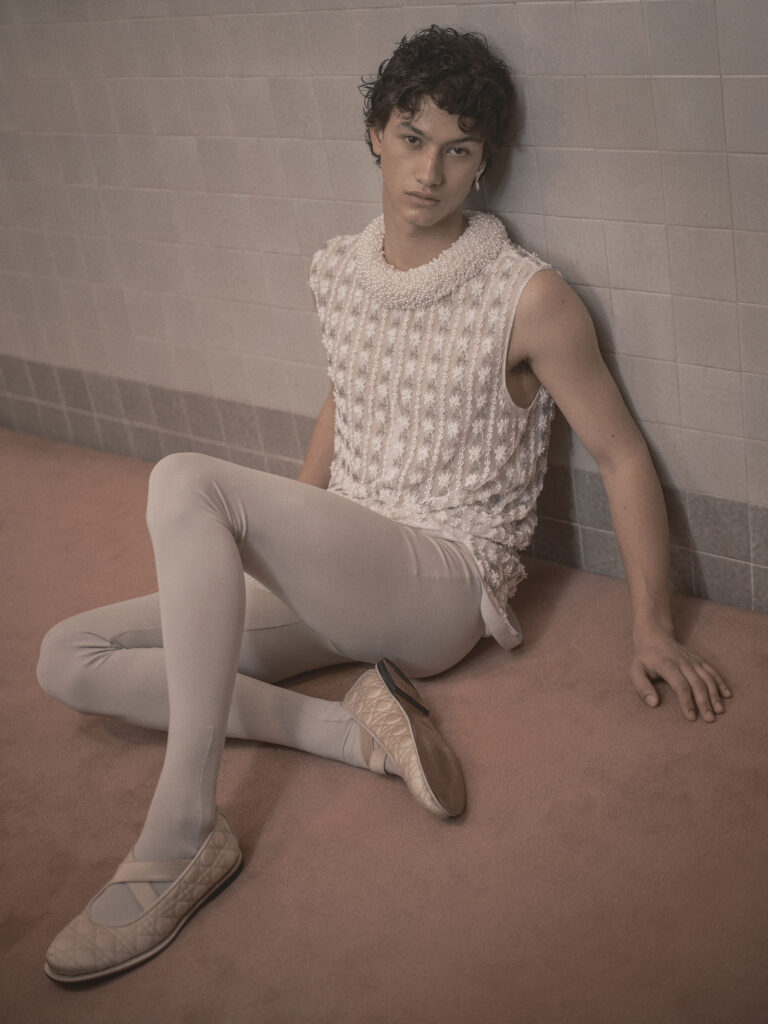
KJ: I do have the odd look now and again, but in terms of inspiring fashion, I don’t know if it does. I think it can produce a bit of a lemming situation where people all do the same thing, and I don’t think that’s particularly healthy.
GC: I also think we are like lacking great music because so much amazing fashion came through music.
KJ: The impact of music is so important. I’ve been reading a Sly Stone book because I was always fascinated by him, his style was incredible. I wanted to be in fashion when I saw a copy of The Face and they had all the different clubs in London and how people dressed. I just thought, wow, that’s exciting.
GC: Returning to the theme of collaborations. You did Supreme at Vuitton, you did Nike and Dior—how difficult is it to make those things happen?
KJ: I’m lucky because I’ve had CEOs that believed in me. Supreme actually was quite a brave thing to do. It was initiated by Michael Burke, who was my CEO (at Louis Vuitton). He wanted to get James Jebbia’s number and I said, ‘You can have his number if I can do a collection with him.’ And that started the conversation. It was really nice working with James because he’s someone I’ve always admired. I always have young people on my team, I’m always interested in what’s new and what’s good and what’s not. And I think James is the same. And I think that’s why (Louis Vuitton x Supreme) was so successful.
GC: I think that was one of the biggest social-media-meets-fashion explosions. I was at that show, and I know how shocked I was looking at it.
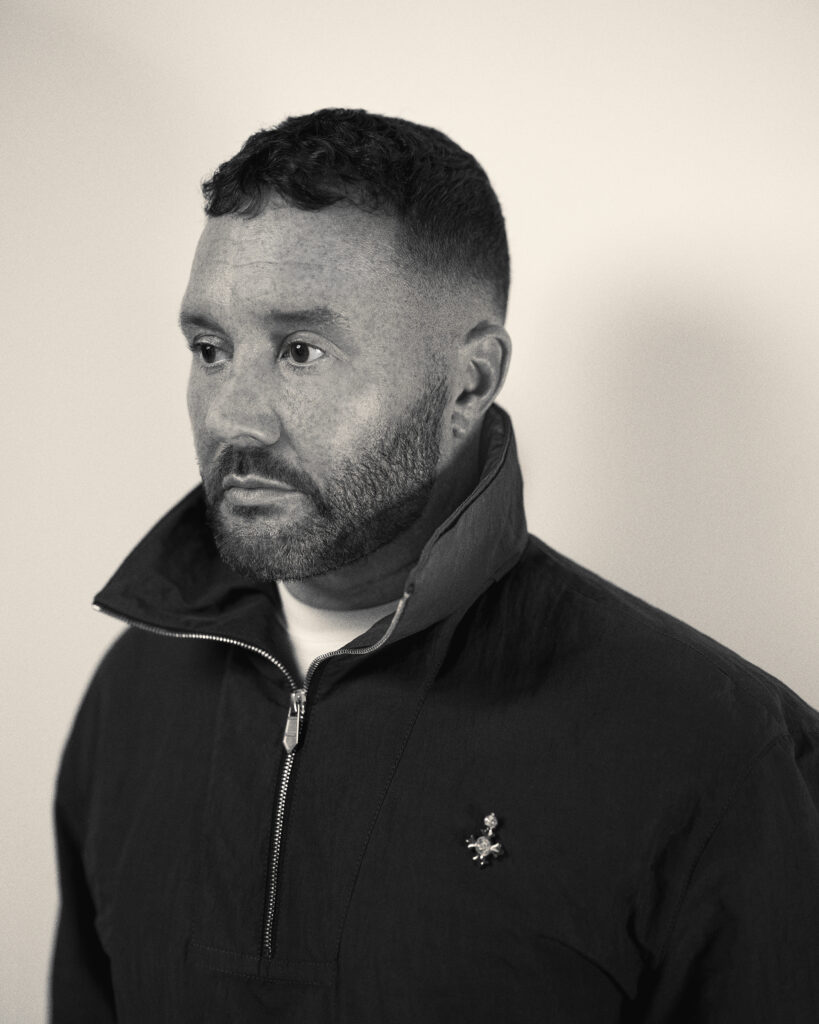
KJ: Some people hated it. Some people thought it was selling out, but for me it was two things I love put together. I used to work in the warehouse that Supreme was delivered to in the UK, I was aware of it from an early age, it was part of my life. Louis Vuitton was my dream job at the time; it was the combination of putting two things together and just making it as exciting as possible. It was all based on Jean-Michel Basquiat. I loved the frivolity of when he made loads of money, he would go buy the most expensive clothes he possibly could.
GC: That brings me to your personal style. Do you shop online or do you go to the stores? Stylist? How does it work?
KJ: I wear lots of Miu Miu, I mix it with vintage. I bought a cargo Birkin the other day, which was kind of fun. I thought it was quite ridiculous. I mix it with Hermès, Ralph Lauren, Dior. I go through phases, I’ll wear a wardrobe, I have a repetition of clothing. When you’re this busy, it’s hard to think [about what you’re wearing], but you also want to feel like you’re cool enough to be in the room.
GC: You live so fast, you do so much—what’s the retirement plan? Are you going to be sipping cocktails on a beach? There must be a plan. You’re a Virgo.

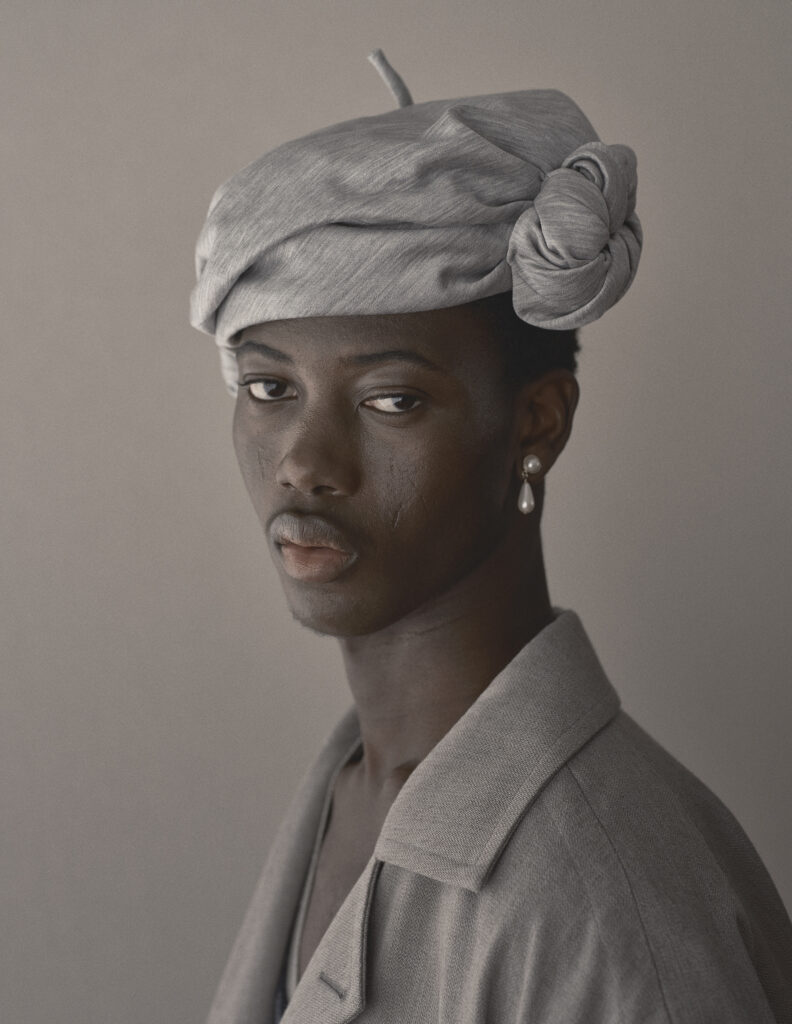
KJ: I do lots of conservation work, that’s my real passion. I’m building a library for my book collection next to Virginia Woolf’s house in Sussex so everyone can see it because it’s the largest private collection of Woolf in the world. I’m giving it to the Charleston Trust to look after. My art, my books, and my things that are important to me, the strategic placing of where they’ll go in the future. Whether it’s [Francis] Bacon or [Sigmund] Freud, I want them to be seen. It’s great to be able to be a custodian, but you have to think about the responsibility of where they go. There’s lots of different things going on and we’re nearly at our summer holi- days now, so I get a nice break and go away and recharge.
GC: Where are you going?
KJ: We’re going to Mozambique and Zimbabwe to go and see dugongs, which is an animal I’ve always wanted to see. And then we’re going on safari after that. It’s all quite good.
This story appears in the pages of VMAN 53: now available for purchase!
Photography Pieter Hugo
Fashion/Interview Gro Curtis
Makeup Kirstin Piggott (Julian Watson Agency) using CLARINS
Hair Kei Terada (Julian Watson Agency) using Bed Head by TIGI
Models Yuto Ebihara (NEXT), Kamil Kobierski (New Madison), Laurie Fletcher (Unsigned), Alexander Acquah (16 Men), Akeem Koya (Wilhelmina), Keanu Pauli (NEXT)
Set design Paulina Piipponen
Executive producer Jean-Baptiste Martin (Western Promises)
Photo agency producer Juliette Mouton (Talent and Partner)
Casting director Shelley Durkan
Digital technician Glen Travis
Photo assistant Pablo Gallego
Stylist assistant Keeley Dawson
Makeup assistant Francesca Leach
Hair assistant Takumi Horiwaki
Set design assistant Eunice Cheung
Location Lilian House
Discover More










